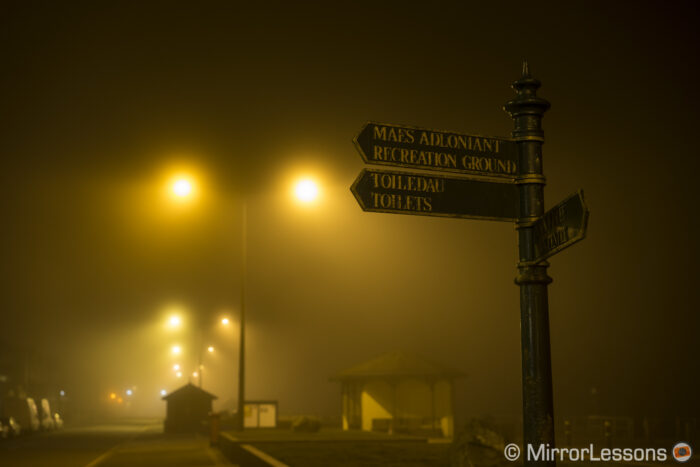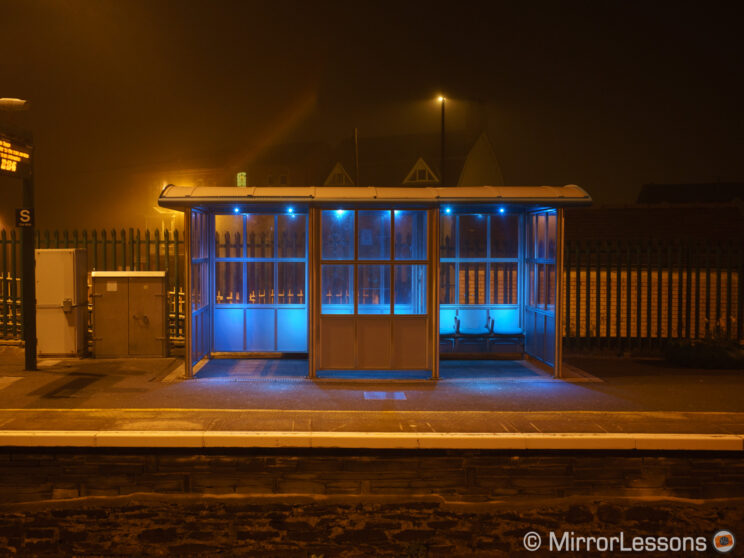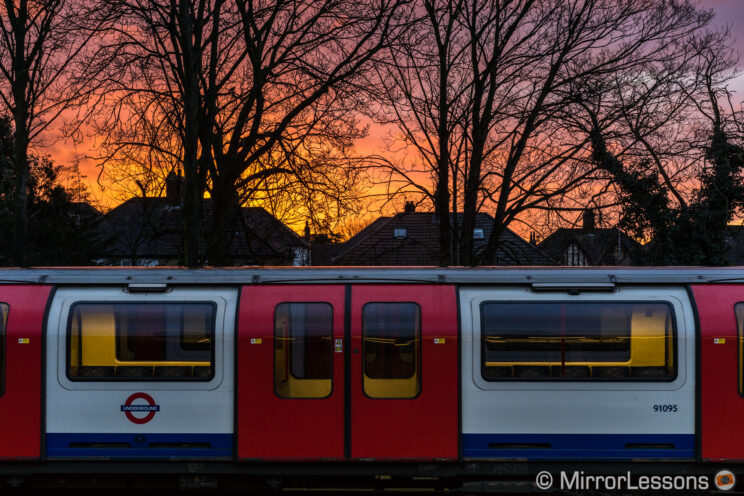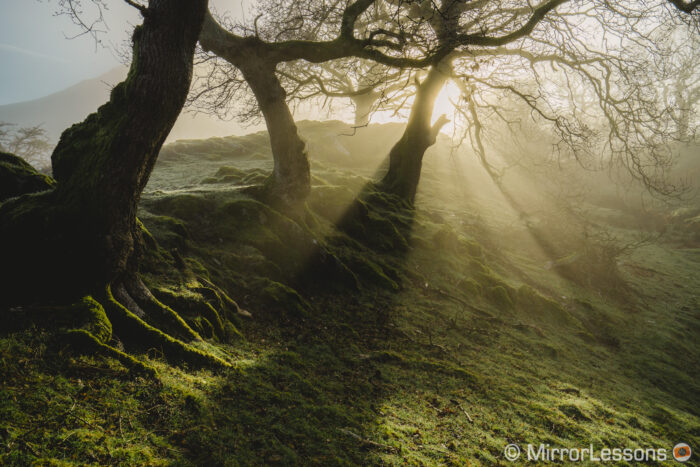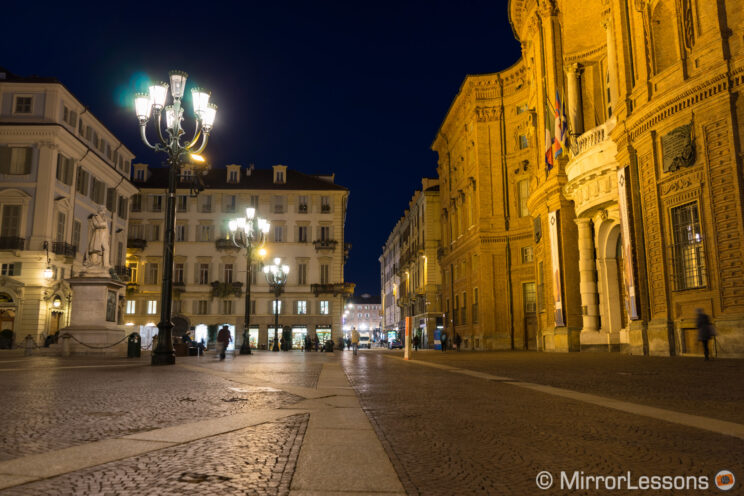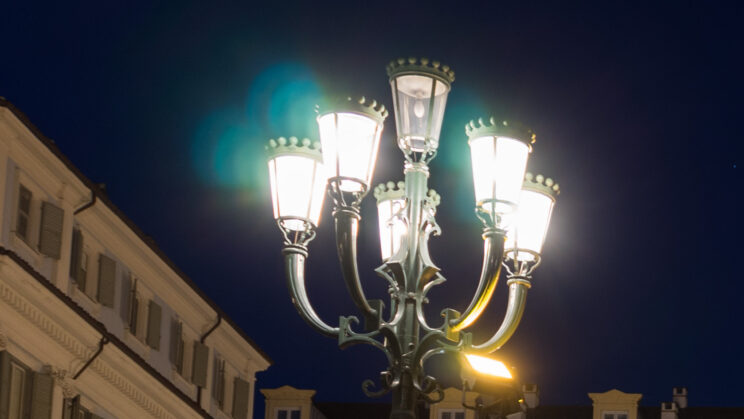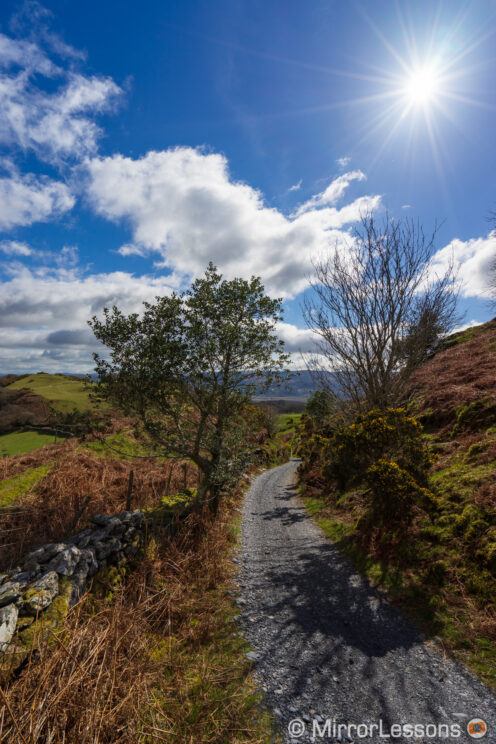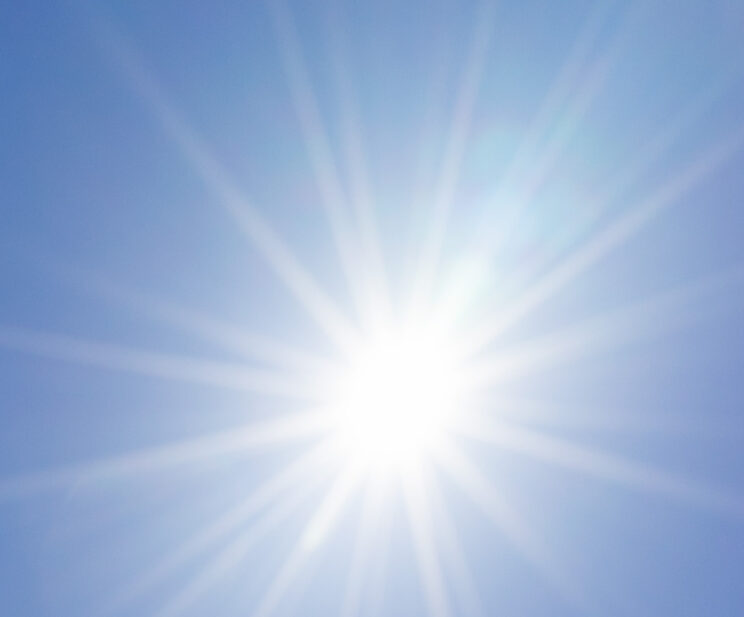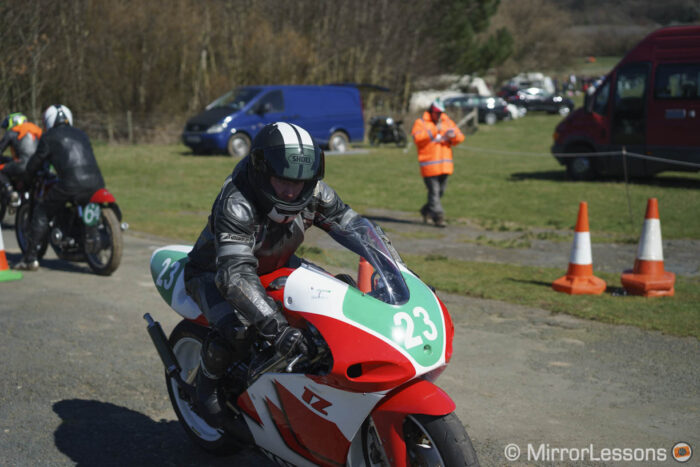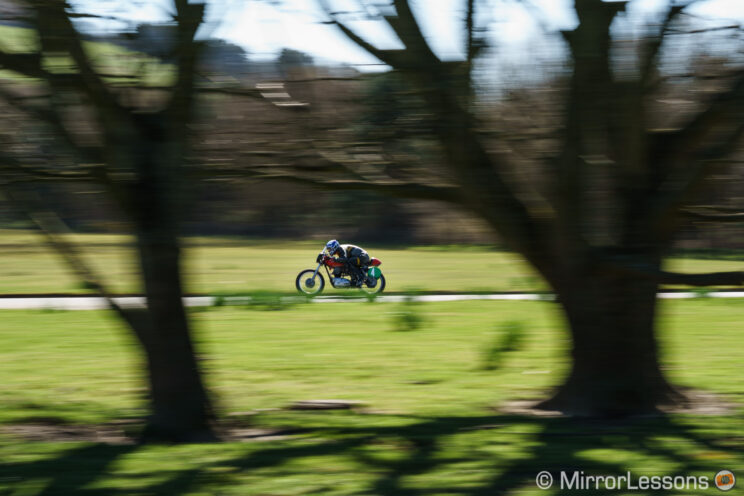The A7 was Sony’s first ever full frame mirrorless camera. It was released at the end of 2013 alongside the A7R. One year later, the Japanese company caught everybody by surprise with the launch of the A7 mark II, which arrived sooner than expected.
The successor model was the world’s first full frame camera with in-body stabilisation. The design was also upgraded and more settings were added.
Today, you can find both models at an attractive price. They don’t have the last bells and whistles of the most recent E-mount products, but they remain an attractive proposition for those seeking a compact full frame camera on a budget.
What the A7 and A7 II have in common:
- 24.3MP full frame CMOS sensor
- ISO 100-6400 (50-25600 with extended range)
- No electronic shutter (but there is the electronic-first curtain mode)
- EVF with 2.36M dots, 0.71x magnification, 22mm eyepoint
- Single SD card slot
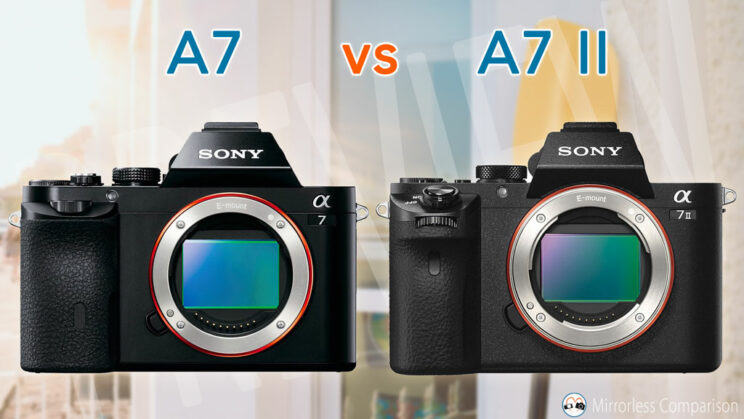
Ethics statement: the following is based on our personal experience with the A7 and A7 II. We were not asked to write anything about these products, nor were we provided with any sort of compensation. Within the article, there are affiliate links. If you buy something after clicking the link, we will receive a small commission. To know more about our ethics, you can visit our full disclosure page. Thank you!
1. Image stabilisation
The A7 Mark II was the first full-frame camera (and the first Sony camera) to feature 5-axis stabilisation, a technology that was only seen in Olympus cameras at the time. It has an official rating of 4.5 stops of compensation (CIPA).
The sensor floats inside a mechanism that compensates for shakes on five axes: X, Y, Yaw, Pitch and Roll. It also works for video.
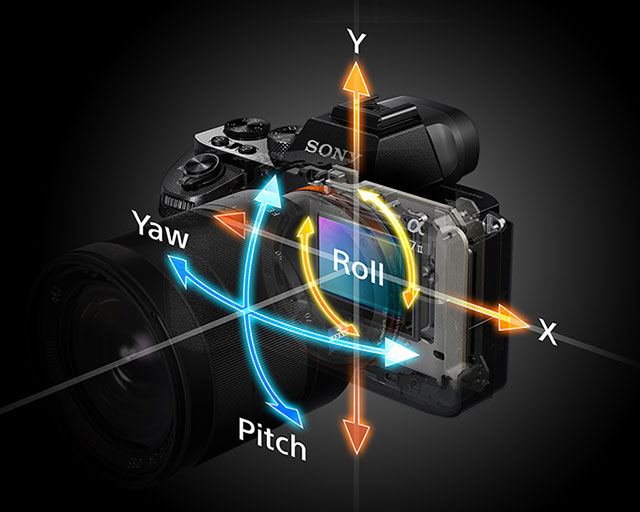
If you mount a lens with optical stabilisation, the camera will use three axes on the sensor (Roll, X and Y) and the remaining two axes (Pitch and Yaw) on the OSS lens.
I remember being impressed by the IBIS mechanism on the A7 II when I first tried it out. Half a second hand-held with a wide angle zoom lens like the 16-35mm F4 is possible, but what surprised me the most were the samples I managed to capture with the 55mm F1.8 prime lens using the same slow shutter speed.
These results sound excellent, but keep in mind that the hit rate is low (around 10%), so don’t take just one shot. Check the result on the LCD screen, and try again. Don’t hesitate to make use of anything around you that can help you support the camera better and reduce the amount of shake, like a wall or a barrier.
In-body stabilisation is also useful when adapting lenses that lack electronic contacts, such as M-mount manual focus lenses for example. In this case, the A7 II will only use 3 axes (Roll, X and Y). The performance is not as good as with electronic lenses, but you can still achieve more than decent results. Remember that you have to set the focal length manually in the menu.
2. Uncompressed RAW
The A7 and A7 II use the same 24.3MP sensor, and they produce very good results when it comes to overall image quality and dynamic range.
That said, many users have complained about the lack of uncompressed and lossless compressed options for the RAW files.
Despite being advertised as 14-bit, RAW on the A7 is compressed which reduces the size of the file, but also eliminates data in the process. Personally, I never found this to be a deal breaker, but it is true that you can notice some lack in tonal range if you pixel peep certain images (skin tones for example), or more noise if you recover a lot of exposure in post.
Sony listened, and release firmware 2.0 for the A7 II that enables you to select uncompressed RAW. Unfortunately, this option never came to the original A7 camera.
3. Sensor flare
One annoying flaw on the original A7 is unwanted ghost flares that can appear around intense sources of light in an image, like in the example below. Apparently, these reflections are related to the AA filter on the sensor, although Sony never made an official comment about it.
When I started to use the A7 II, this is the first thing I tested and fortunately, I couldn’t replicate the same problem so it looks like Sony fixed it.
You can still encounter a bit of sensor flare on the A7 II, like in the example below, but the latter looks more like a normal sensor flare, where the light bouncing between the sensor and the glass elements inside the lens creates reflections of the micro lenses on the sensor. It also looks more subtle.
4. Video settings
Both cameras can record Full HD up to 50p or 60p.
That said, the A7 II has a few advantages when it comes to settings:
- it can record with the XAVC S codec, which gives you a higher bitrate (50Mbps vs 28Mbps with AVCHD on the A7)
- it can record internally with S-Log2, and other advanced video parameters to control the look of the image are available (Picture Profiles)
- it includes additional settings such as Zebra pattern, 31-step audio level and Time Code/user bit that video-makers will appreciate.
Concerning the overall quality, the two cameras are on the same level. Footage is decent, but you can easily end up with some moiré artefacts, and aliasing is noticeable. Rolling shutter is also present as soon as you pan quickly.
Recording with S-Log2 gives you extra details in the shadows and highlights, but the minimum ISO available is 1600, which is not helpful in situations where you have a lot of light, like outdoors in the sun (ND filters in that case are a must).
Neither camera has 10-bit recording, and the HDMI port gives you a clean feed but only at 8-bit 4:2:2.
Sensor stabilisation works for video, and you can see from the following editing below how it performs. Overall I find it to be ok, but there can be a lot of jerkiness when panning, and I wouldn’t say the footage is perfectly stable for static shots either (you’ll often notice micro jittering). But it certainly is better than nothing.
Note that most of the shots were recorded with the Standard Creative Style, which is why there are fewer details in highlights (clouds in the sky for example). The Creative Styles are designed for photos and have less dynamic range than the Picture Profiles, which are designed for video. At the end of the video, you can see an example with S-Log2.
5. Autofocus
The two cameras share the same autofocus system with 117 phase and 25 contrast detection points. The number of settings is also the same, including Eye AF which works in S-AF only.
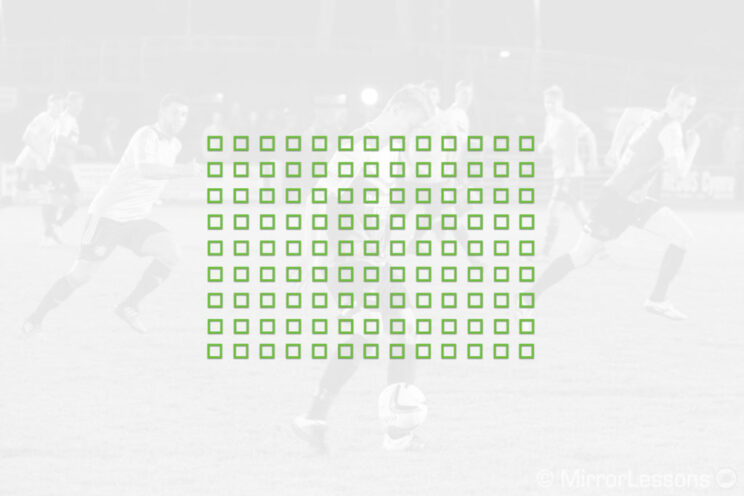
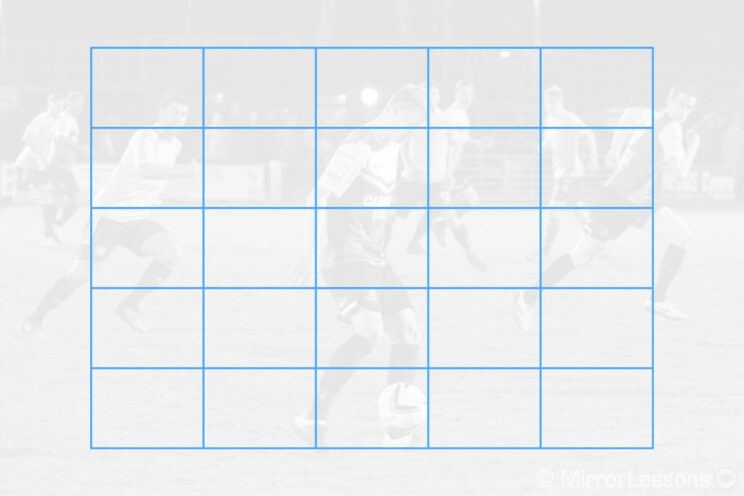
In its press release, Sony claimed that the AF on the A7 II was improved by about 30% over its predecessor thanks to an updated algorithm, and that tracking (Lock-On AF) was 1.5x more accurate.
After testing the camera, I concur that there is an improvement. I can’t really quantify, but it seems a bit faster when locking, more precise in keeping track of the subject and delivers a better hit rate. It’s not a night and day difference by any means, and we’re not at the level of A7 cameras that came after it, but the A7 II will definitely give you something extra when it comes to autofocus performance.
The mark II model also received a few more (small) tweaks via firmware update.
6. DSLR lenses
If you’re interested in using DSLR lenses (Sony A-mount, Canon EF-mount), the A7 II should be a priority, because it enables the use of phase detection AF with those lenses and a compatible adapter, giving you much better speed and focus accuracy than the A7.
Phase detection can be enabled in the menu with the setting called AF System (still image) when a DSLR lens is used. Not that some settings such as Eye AF won’t be available.
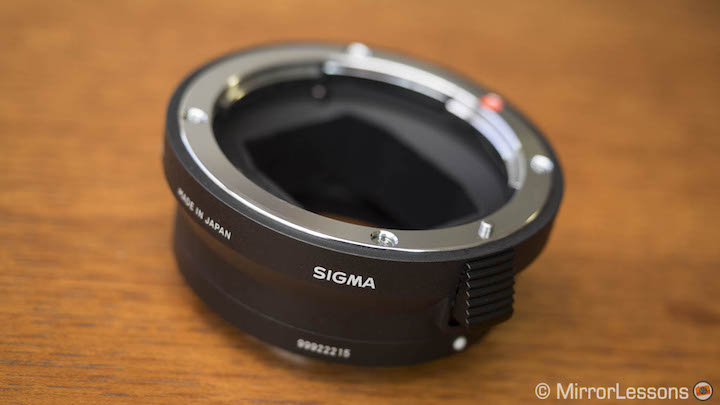
7. Continuous shooting
Both cameras have a maximum continuous shooting speed of 5fps but, at that frame rate, the A7 works in Speed priority mode, which means that image captured is prioritised over focus accuracy (in other words, the camera might take the picture even if the subject is out of focus). If you want focus priority, the speed lowers to 2.5fps.
With the A7 II, 5fps works with AF and AE tracking, which makes the mark II model a bit more efficient with fast moving subject.
8. Body design
The A7 II features a re-designed body. The width remains the same, but the mark II is deeper and heavier than its predecessor. The most noticeable addition is the larger front grip, which makes it more comfortable to hold and use.
- A7: 126.9 x 94.4 x 54.8mm, 474g
- A7 II: 126.9 x 95.7 x 59.7 mm, 599g
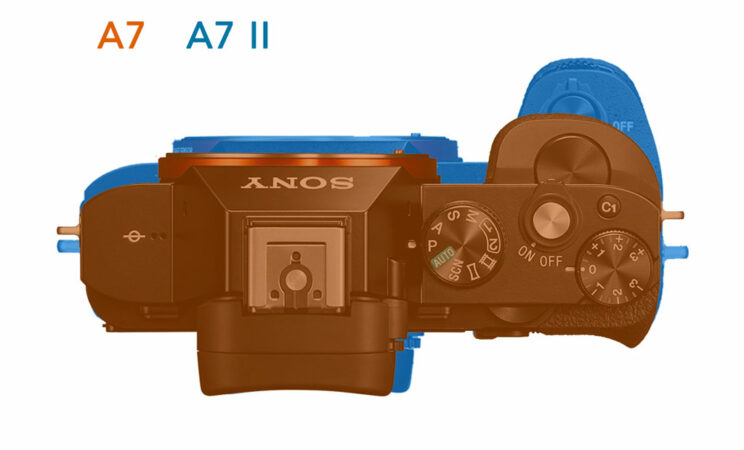
They are both weather sealed, but the A7 II has a more robust build with a full magnesium alloy frame and a more solid mount. The finish is also different: the original model has a smooth black finish, whereas the A7 II is more opaque and dark/grey in colour.
The shutter button has been moved on top of the grip, which I found more natural to reach and use. However, the front and rear dials are smaller on the A7 II, and I find them less precise and engaging than on the A7.
Finally, the A7 II has one extra custom button.
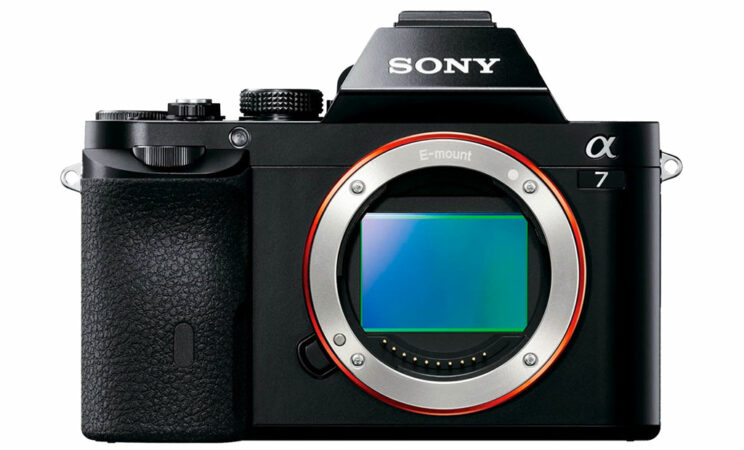
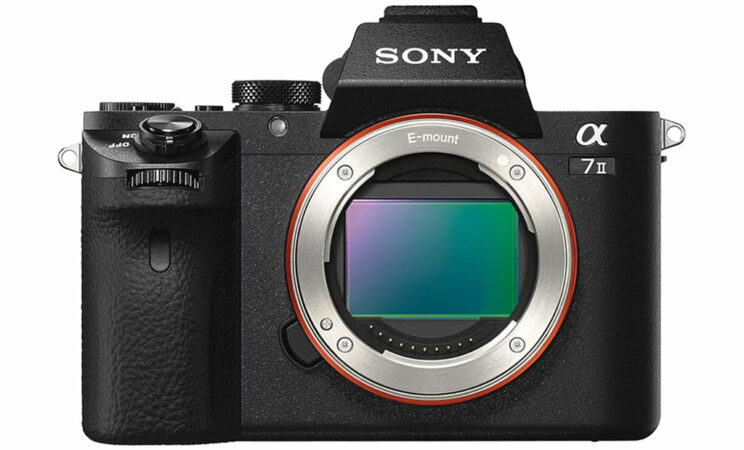
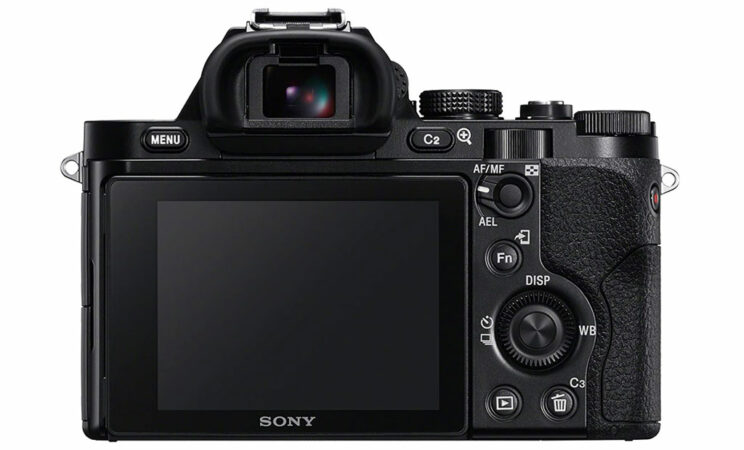
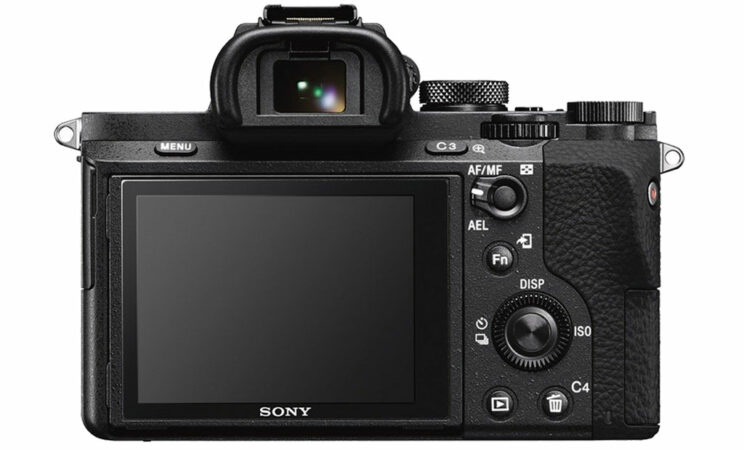
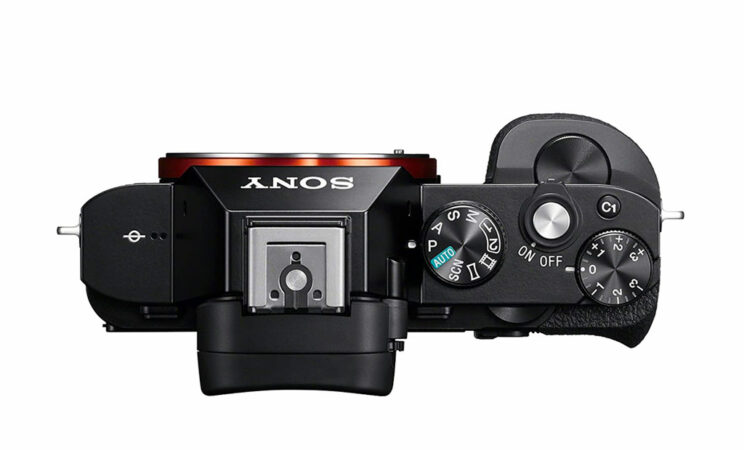
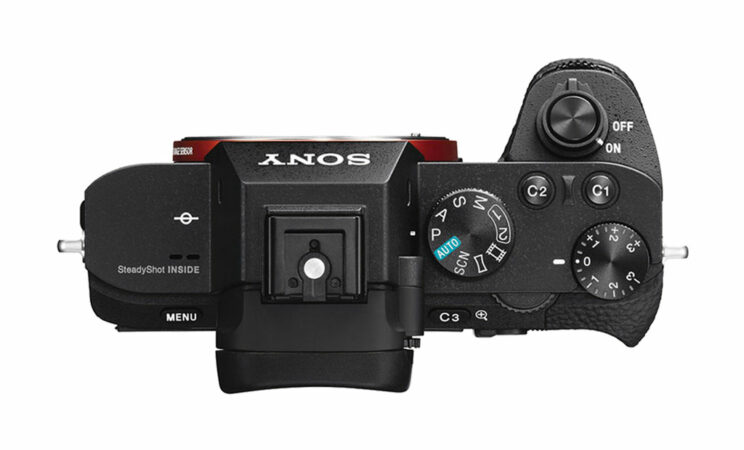
The 3.0-in LCD screen at the rear has no touch sensitivity on either model, but the A7 II version has more resolution (1.23M vs 0.92M dots).
9. Real world battery life
Both cameras use the same NP-FW50 battery and they have a similar CIPA rating on paper (340 shots for the A7, 350 shots for the A7 II).
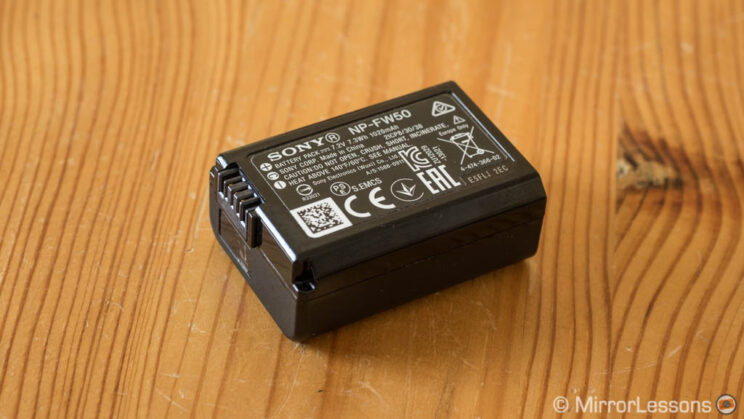
However, my experience with the A7 II is more negative. I found the battery drained much more quickly than the A7, most certainly because of the in-body image stabilisation. That applies for stills and video. I emptied four batteries during a normal day of shooting. Buy lots of spares!
Both have an optional battery grip, but be aware that the model is different: VG-C1EM for the A7, VG-C2EM for the A7 II.
10. Price
The original Sony A7 is discontinued, so you can only find it second-hand. The average price is about $500, £400 or €400, although keep in mind that it can vary depending on the seller, the condition of the item and its location.
The A7 II can still be bought new at the time of publishing this article, and you can find it for $1000, £900 or €1000 (body only).
Used, the A7 II can be found for around $700, £600 or €700.
Note: prices as of early October 2021.
Conclusion
I have no doubt in recommending the A7 II over its predecessor. It has better ergonomics, 5-axis image stabilisation, more settings for video, a better autofocus and no sensor flare issues. Last but not least, you can find it for an attractive price today (new or second-hand).
If you’re on a strict budget, then the A7 is cheaper and it has the same sensor as the mark II model, which means that the image quality is the same (as long as you can accept a few compromises as explained throughout the article).
Check price of the Sony A7 on
eBay
Check price of the Sony A7 II on
Amazon | Amazon UK | B&H Photo | eBay


